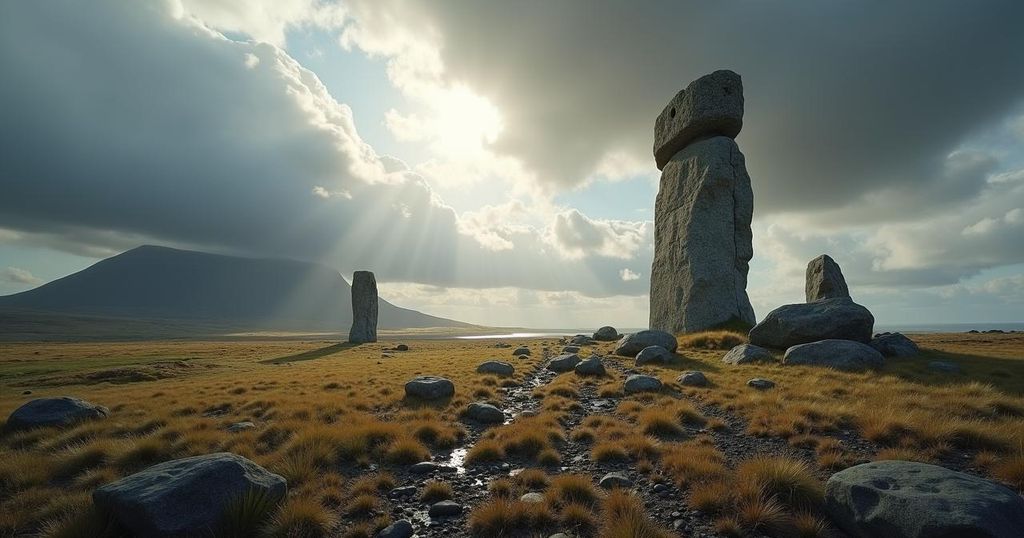Seismic Activity Alert: Easter Island Experiences 5.5 Magnitude Earthquake
On October 14, a 5.5 magnitude earthquake was recorded near Easter Island, confirming a worrying trend of rising seismic activity globally. The earthquake occurred at a depth of 10 kilometers with no reported casualties or damage. This incident revisits the alarming increase in earthquakes, prompting concerns for global safety and preparedness.
On Monday, October 14, a significant seismic event occurred off the coast of Easter Island, an island known for its distinctive Moai statues. The earthquake registered a magnitude of 5.5 on the Richter scale and was confirmed by the United States Geological Survey (USGS) at approximately 4:18 AM Indian Standard Time. The earthquake struck at a depth of 10 kilometers, though thankfully, it did not result in any casualties or damage to property, despite creating panic among the local population. This earthquake adds to the ongoing trend of increasing seismic activity observed globally. Earthquakes are commonplace occurrences, and it is not unusual to witness several instances on a daily basis across various regions of the world. This year has witnessed its share of seismic events that have caused destruction, with notable earthquakes in places such as Turkey, Syria, and Taiwan. The concern surrounding the frequency and intensity of these earthquakes cannot be understated, as they pose risks to residents and infrastructure in affected areas. The geological activity in regions like Easter Island, while occasionally leading to panic, serves as a reminder of the dynamic nature of our planet. Monitoring agencies like the USGS continue to contribute valuable information about seismic events, enhancing public awareness and preparedness against future occurrences. In conclusion, the earthquake that struck Easter Island serves as a signal of the increasing seismic activity that is a global phenomenon. Although this particular event did not result in destruction, the frequency with which such natural occurrences manifest is a notable concern for societies worldwide. As we advance, understanding and preparedness will be key in addressing the challenges posed by earthquakes.
Easter Island, a remote Polynesian island famous for its archaeological sites including the well-known Moai statues, is also part of a significant geological area where seismic activity is observed. Earthquakes, caused by the movement of tectonic plates, are a common occurrence worldwide, with varying impacts—some benign and others catastrophic. The rising trend in earthquake cases has attracted attention from scientists and researchers, emphasizing the need for increased awareness and preparedness among populations living in earthquake-prone areas.
The recent earthquake on Easter Island, registering 5.5 on the Richter scale, exemplifies the increasing seismic activities reported worldwide. Although it did not lead to any reported damage or casualties, it underscores the necessity for continuous monitoring and readiness in the face of potential natural disasters. Thus, vigilance and preparedness remain imperative as we navigate this concerning trend of escalating earthquake occurrences.
Original Source: www.patrika.com




Post Comment